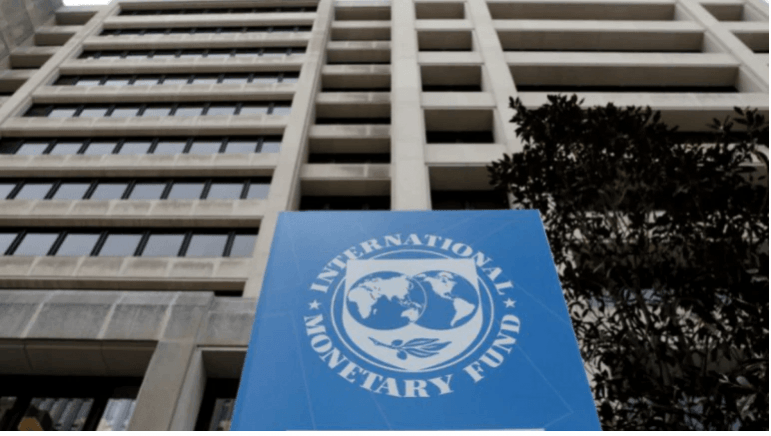Last year, when Sri Lankan economy hit the headlines world over for financial mess created out of political instability and China's debt trap, economists knew that a similar countdown had already begun for Pakistan.

So recently when the cash-strapped Pakistan and International Monetary Fund (IMF) failed to reach any agreement on the much-needed $1.1 billion bailout package, not many were surprised at the development. The IMF team, led by Nathan Porter, began talks on January 31 with the Pakistan government, represented by Finance Minister Ishaq Dar. The inconclusive talks are for the ninth review of the assistance package.
As Pakistan's forex reserves hit the nine-year low of less than $3billion this month, its economy is on the brink of collapse. Troubles, all the more financial woes, never come alone, they come with the infamous vicious circle of economy.
Meanwhile, the country has asked IMF for a bailout, yet another, from an impending default. Pakistan is in its 13th bailout from the monetary organisation since late 80s. Even after ten days of discussions, things remain inconclusive between Pakistan and IMF. Though the financial agency of the UN says they'll carry forward talks virtually in the coming days.

Story of two nations and their debt woes
Apart from sharing a neighbourhood with India, the two nations also find themselves under the debt woes of international monetary organisations. As per last year's report by Asian Development Bank, Pakistan accumulated over $10 billion in new debt during Covid-19 pandemic.
Not very different from Sri Lanka. As per a Bloomberg report, Fidelity Investments' parent FMR LLC, Lord Abbett & Co. and T. Rowe Price Group collectively are the largest holders of Sri Lanka's $12.6bn in foreign debt.
Political instability, the common factor
Last year, political instability in Sri Lanka was caused by the economic mess and financial mismanagement. The reverse is true for Pakistan, the only country which has battled the longest spell of military control in South Asia.
Last year, the dramatic no-confidence vote in Parliament against then Prime Minister Imran Khan didn't end the political instability. Polarization and unpredictability have further heightened with an incumbent coalition government.
High inflation, sharp depreciation of the currency and dwindling foreign exchange are the immediate triggers of economic mess. Pakistan foreign exchange reserves fell to US$ 2.9 billion during the week ending February 3. It is believed that these reserves are barely enough for 16 to 17 days of imports.
China's debt trap
Despite enough evidence from conspiracy theorists on both sides, China's debt diplomacy has played a crucial role in both nations. Both Sri Lanka and China have been among the biggest beneficiaries of loans from Chinese Banks.
Chinese EXIM Bank has reportedly loaned $11 billion at an interest rate of 1.6% for infrastructure projects and another $15.5 billion at an interest rate of 5-6% for power projects under the China Pakistan Economic Corridor. All debts being denominated in USD, Pakistan Rupee being consistently depreciating, it has further increased the debt burden.
The road ahead
It's not just tough time securing a bailout package, it'll be tough in the days to come. Solutions can neither be easy, much less instant, to save an economy from financial mess. In one of the interviews to Dawn, Pakistan former finance minister Miftah Ismail, said, "You want to avoid going to the ICU, you have to start living a healthy life. Once we start living within our means, once we start pursuing rational and intelligent economic policies, then we can avoid going to the IMF."

















